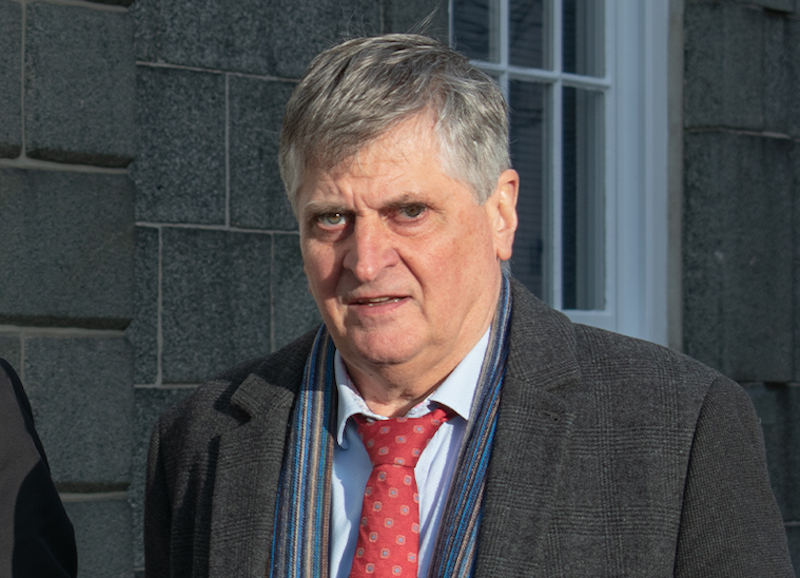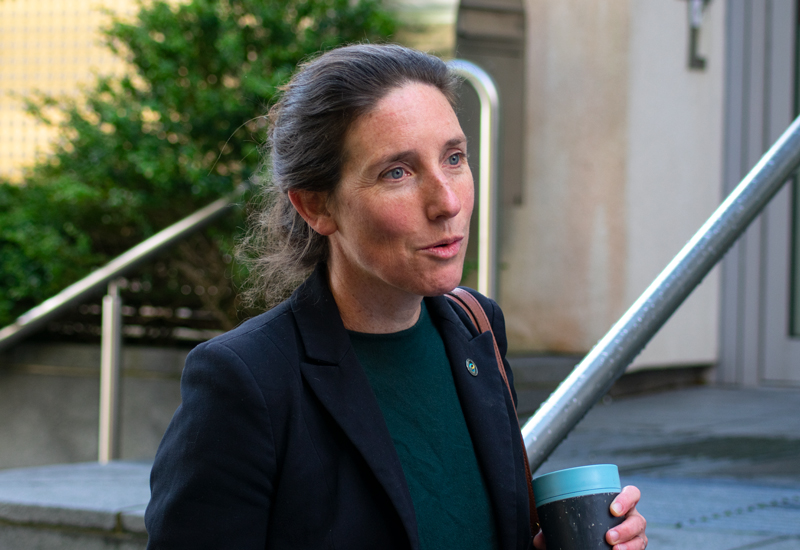


High numbers of people moving to Guernsey show the island is an attractive place to live but low tax rates will start to bite as more people become elderly and need care, the Policy & Resources President has said.
The States agreed in 2022 that it should plan for an increase in the population for the next 30 years, averaging an additional 300 people moving to the island per year to sustain the local workforce at 2020 levels.
If that can be achieved, around 31,000 people will be in the workforce with the population increasing to 68,000 by the middle of the century.
But in the last few years the levels of inward migration have been more than double that amount. 645 additional people were in Guernsey on 30 June last year compared to the previous year, while in the year up to March 2023 there was net migration of 713.
If recent population growth of 1% is replicated for the next 10 years, the island’s population will top 70,000.
Deputy Rob Prow, President of Home Affairs and responsible for population and immigration, doesn’t have concerns about current immigration levels, but said Home is “constantly reviewing” the relevant mechanisms and “remains committed” to assessing the impact of population reforms.

Pictured: Deputy Rob Prow.
“We should be careful about drawing early conclusions given our population and immigration policy focuses on an average level of migration over decades,” he said.“As we have previously made clear, the 300 figure was never a target and was based upon many factors - some of which are outside of the control of government.
“What remains important is that we take a holistic view about maintaining the size of our workforce and meeting the needs of our economy, and how that is supported through the availability and affordability of housing and fit-for-purpose public infrastructure.
“The significant increase in net migration last year, particularly with an aging demographic, is welcome in the sense it shows Guernsey is able to fill posts where we have evidenced staff and skill shortages. It is equally important as we move forward though that we vigorously support Education and the skills strategy to enable and attract more local people to fill vacancies too,” Deputy Prow added.
Meanwhile, Deputy Lyndon Trott, President of Policy & Resources, said the spike “shows how attractive a place to live and work Guernsey continues to be.
Pictured: Deputy Lyndon Trott.
“While the recent levels of net migration are higher than average, and that has immediate implications, it does not necessarily mean the level of 300 people per year over the next 30 years will be exceeded.
“But of course we know we have significant housing challenges and higher than expected population increases add to that pressure,” he added noting that that those over the age of 85 are growing, while the number of children is shrinking.
This is an issue as health and care costs, the biggest item of government expenditure, will grow. “We will continue to come under immense pressure because what we raise in tax is very low compared to other jurisdictions,” Deputy Trott said.
“While we need to address how those health services can be made sustainable, we must be conscious of the affordability of living here. 2023 was a year of higher inflation which is now beginning to come down again, and what is very positive in these latest figures is that median earnings are increasing and keeping up with rising prices.
“With all that said, a short-term peak doesn't necessarily mean the long-term trend has changed, and too much focus of the most recent data will result in an inflated view of reality. Net migration levels in Guernsey are cyclical, rising and falling as economic conditions change.
Projections will be regularly reviewed, he added, to ensure policy and planning is up to date.

Pictured: Deputy Lindsay de Sausmarez.
Key committees of the States have been directed to account for the cost and demand of providing additional infrastructure to deal with an increased population.
Deputy Lindsay de Sausmarez, President of Environment & Infrastructure, didn’t comment on concerns with current levels of migration but noted that significant projects are ongoing to bolsters the island’s infrastructure to “future-proof” it.
“This work ranges from assessing the island’s future water storage and inert waste disposal needs, to installing fibre-optic broadband, exploring the island’s offshore wind options, and progressing the flood protection barrier at the Bridge,” she said.
“The strategic population objective was taken into account as the States approved Guernsey’s Electricity Strategy to provide a strategic direction for our future electricity demand and supply between now and 2050. Implementation of this strategy is materialising in many ways, one of which is work to upgrade our distribution network infrastructure to power our homes and businesses.”
She said over 10,000 metres of high and low voltage cabling, with another 5,000 metres of ducting was installed last year to improve electricity network resilience and prepare for a continued electrification of homes and transport.
A States estimate of housing need for the coming years will be re-run later this year using the latest population statistics, which already accounts for the strategic net migration assumption of 300 extra per year.
Deputy de Sausmarez referred to E&I’s recently released and widely publicised transport plan for the north of Guernsey which includes more cycle lanes, pedestrian crossings and relief roads in light of an additional 1,000 homes planned on various sites.
Deputy Trott said the growing population underscores the need for more housing.
“This is why the recent decision on GP11 is a very positive move, and I again call on developers to act quickly now that we have removed what they’ve consistently identified as one of the main barriers to building on their bigger sites. Similarly, we need to continue to progress work to develop sites where the States is involved.
“I believe our economy remains in extremely good health, but we need to be realistic about the challenges we are facing and the need to address them sooner rather than later.”
Comments
Comments on this story express the views of the commentator only, not Bailiwick Publishing. We are unable to guarantee the accuracy of any of those comments.